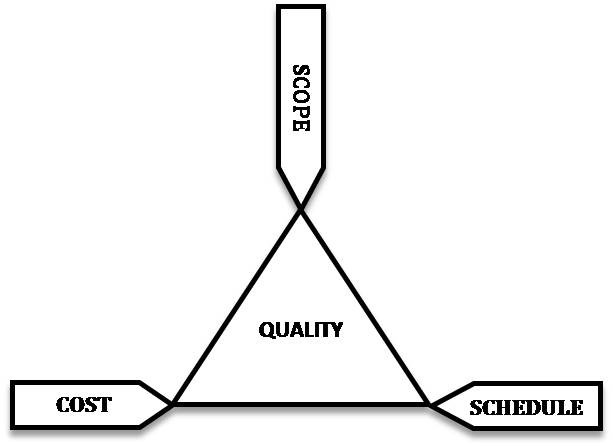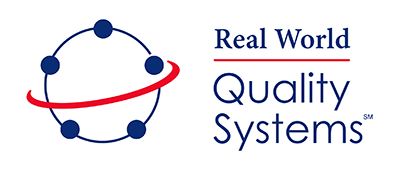Do you conduct project management training or coaching?
Are you on the lookout for up to date, real-life examples for class or for coaching? This article provides food for thought that might help you come up with some new and compelling real-life examples based on our shared COVID-19 experience.
Examples from a true story
Stories can enhance motivation for changes in behavior, a desired outcome in much of the training we do. [See, for example, Why Your Brain Loves Good Storytelling, Paul Zak, HBR online, October 2014.]
We are all characters in the COVID-19 story. The vaccine program and underlying development projects offer a plethora of opportunities to enhance effectiveness of project management (PM) training. How so? By incorporation of compelling examples from this shared experience.
In this article I offer an example from each of three different aspects:
- Technical skill: schedule compression
- Soft skill (which in my experience are the harder skills): stakeholder management
- Governance: diversity and inclusion in scope definition and oversight
These are but three of many possible examples; perhaps they can prime the pump in your thinking for refreshment and enhancement of your class participants’ learning experiences. And each of these examples can lead to in-depth discussions of the interdependence of the various concepts and competencies in project and program management.
Technical skill: schedule compression

As my wife and I were watching the news recently, images of the vaccine production infrastructure buildup flooded the screen. She posed the question: “how can they be doing this when it’s not even approved yet?”
I got to man-splain the difference between mandatory and discretionary dependencies and the impact on schedule compression, depending on the risk tolerance of the project and economic stakeholders. This example clearly affords the opportunity to revisit topics of the triple constraint triangle, activity network diagrams, schedule, critical path, and risk management.
Soft (harder) skill: stakeholder management
Operation Warp Speed and the various underlying projects presented complex challenges in stakeholder management. A critical decision in managing competing stakeholder interests was when, where and how to announce that a vaccine was successful: both safe and efficacious. The desire to satisfy a small group with a premature announcement by election day was trumped by the need to reinforce integrity of the development process. Program and project leadership recognized that undermining public confidence in vaccine safety and efficacy would have been severely compromised by an announcement lacking data with supporting statistical analysis. They held to the axiom that vaccines do not save lives; vaccinations save lives.
Governance: impact of diversity on scope definition and oversight
In the recent annual meeting of the American Institute of Chemical Engineers (AIChE), the importance of diversity and inclusion was a major theme. The conference included compelling stories (supported with data) of positive business results owing to racial diversity at all levels. We often emphasize that diversity of perspectives on teams will lead to improved outcomes. Moderna’s experience offers an example of how lack of racial diversity in leadership can profoundly and negatively affect results. Even though blacks and Hispanics have been disproportionately affected by the pandemic, these groups were significantly underrepresented in Moderna’s trials. This put their timeline in serious jeopardy.

Although Moderna’s executive team exhibits geographic and gender diversity, racial diversity appears to be absent. Was this a contributing factor to the imbalance in trial subject makeup? Or was it a subordinate group responsible for the makeup of the trial subjects? Answers to these questions are unknowable to most of us. Nevertheless, an account of this incident with these acknowledged caveats against the backdrop of photos of the executive team could open up a valuable discussion not only of the importance of diversity and inclusion at the leadership level, but also of project control (Moderna did recover) and of establishing clear project success criteria (also known as conditions of satisfaction).
In summary…
I plan to use these three examples at my next opportunity to teach my Real World Project Management class. Many other examples can be mined from this highly topical program and the underlying projects. Each of them can provide opportunities to discuss the multi-faceted inter-dependencies amongst PM concepts and competencies. A starting point for exploring possible examples is the excellent reporting in the NY Times article: Politics, Science and the Remarkable Race for a Coronavirus Vaccine.

